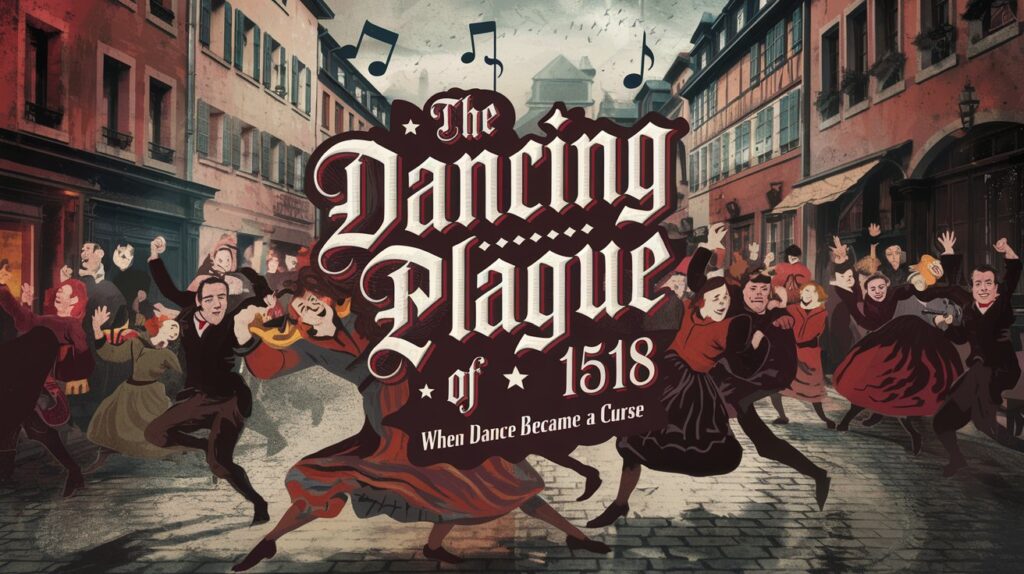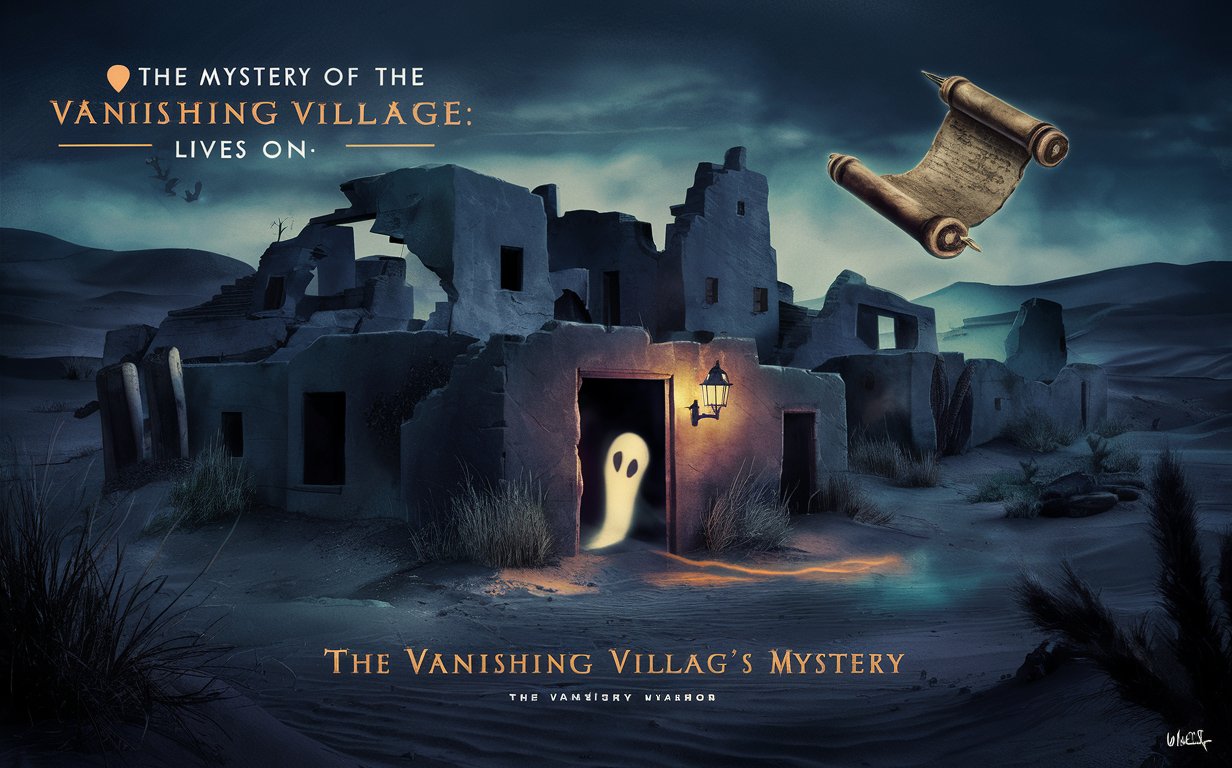The Dancing Plague of 1518

Introduction
The Dancing Plague of 1518 remains one of the most bizarre and perplexing events in European history. Occurring in Strasbourg, then part of the Holy Roman Empire, this strange phenomenon involved a sudden and uncontrollable urge to dance that afflicted a large group of people over the course of several weeks. The incident raises questions about mass hysteria, social pressures, and the human psyche.
The Onset of the Plague
In July 1518, a woman named Frau Troffea began to dance in the streets of Strasbourg. What initially appeared to be a spontaneous display of joy quickly escalated as others joined her. Within days, dozens of people were caught up in this uncontrollable dancing frenzy. Historical records suggest that the phenomenon affected around 400 people, many of whom danced for days without rest.
The Symptoms and Reactions
Participants in the dancing plague exhibited a range of symptoms, including exhaustion, pain, and in some cases, injuries from prolonged dancing. Local authorities were bewildered and alarmed. As the situation escalated, the city council attempted various remedies, including hiring musicians to encourage the dancers and even constructing a stage for them, hoping to quell the madness by providing a controlled environment.
Theories Behind the Plague
Several theories have emerged to explain the Dancing Plague of 1518:
1. Mass Hysteria
One of the most widely accepted explanations is mass hysteria, a psychological phenomenon where a group of people collectively lose control of their actions and thoughts. This theory posits that the stress of life in 16th-century Europe, exacerbated by famine, disease, and the pressures of everyday life, could have triggered a shared psychogenic response.
2. Ergot Poisoning
Another theory suggests that the dancers may have ingested ergot, a hallucinogenic mold that grows on damp rye. Consuming bread made from contaminated grain could have caused symptoms such as hallucinations, spasms, and convulsions, leading to the uncontrollable urge to dance.
3. Religious and Social Factors
The social and religious context of the time might also have played a role. The late 15th and early 16th centuries were marked by significant upheaval and uncertainty. Some historians argue that the dancing could have been an expression of religious fervor or a coping mechanism in response to societal pressures and tensions.
The Aftermath
The Dancing Plague gradually subsided by September 1518, but the event left an indelible mark on the city of Strasbourg. The incident was documented by various chroniclers, and it has since become a topic of fascination for historians and psychologists alike.
Conclusion
The Dancing Plague of 1518 serves as a striking example of how collective behavior can spiral out of control under certain conditions. While modern interpretations seek to understand the psychological and sociological aspects of the event, it remains a testament to the complexities of human behavior and the impact of societal pressures. The legacy of this peculiar incident continues to captivate and intrigue, reminding us of the fine line between joy and chaos.



Post Comment